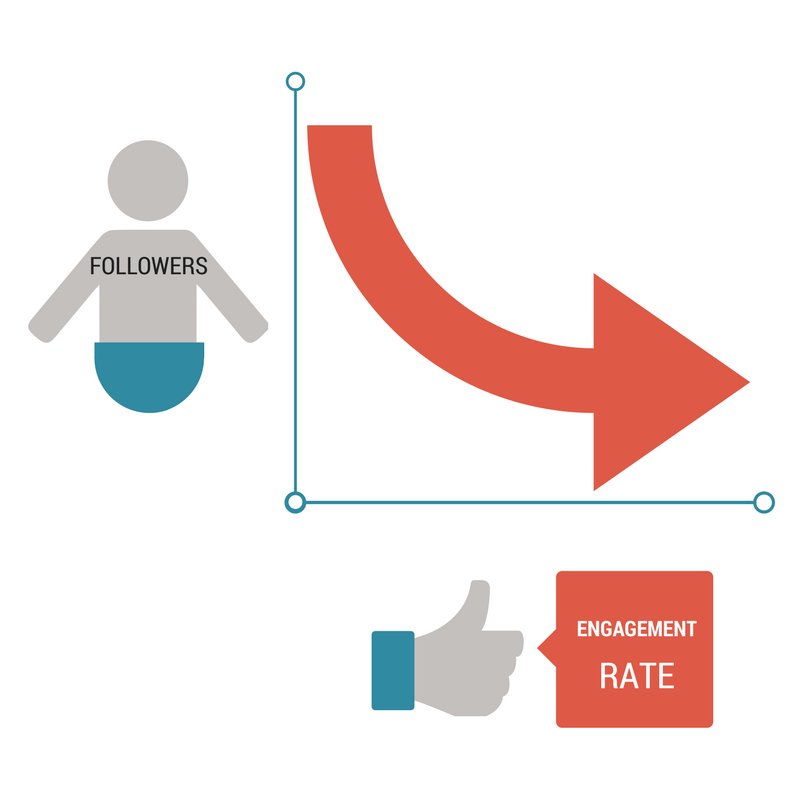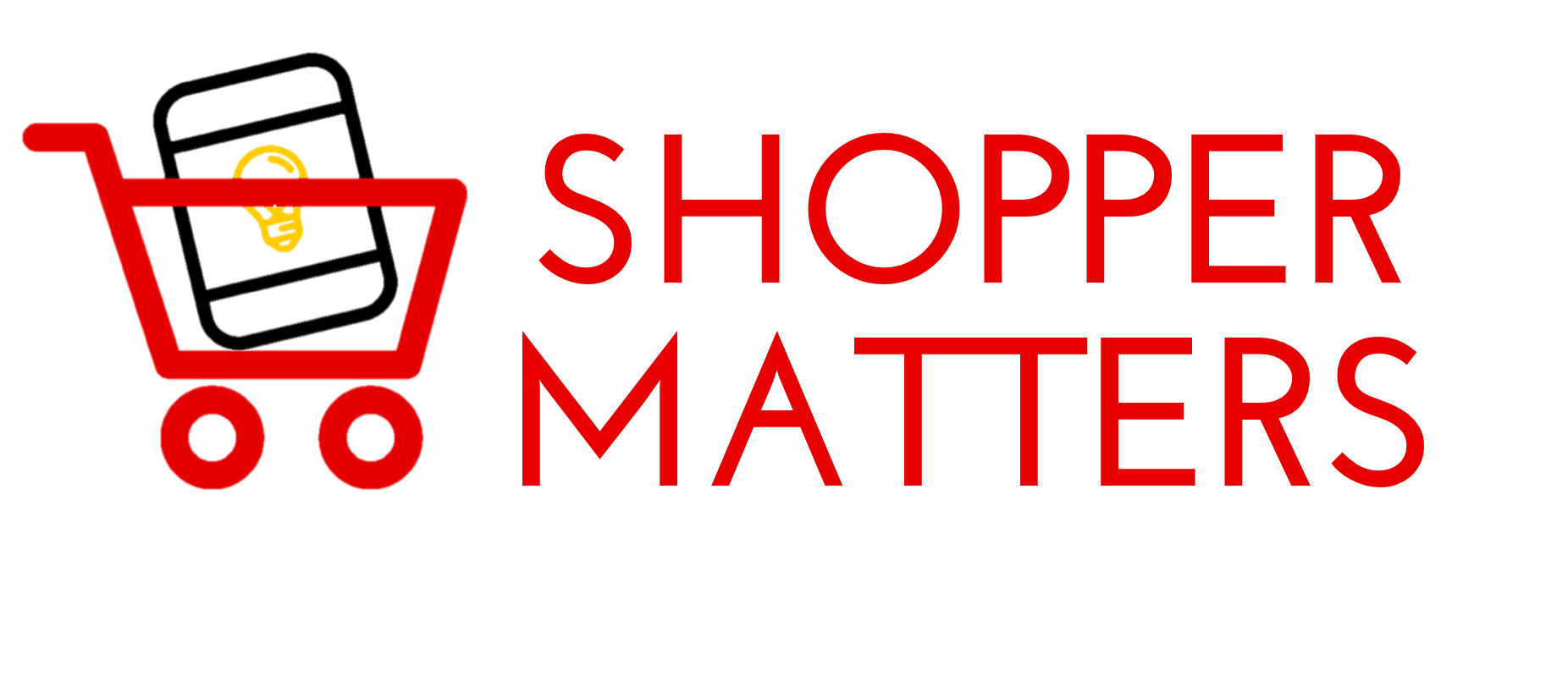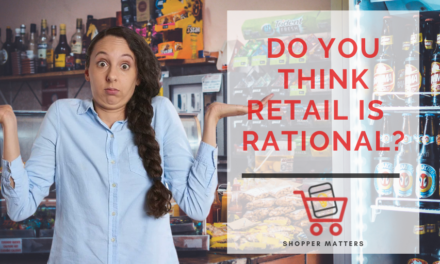In case you missed it, 2017 has been labeled the year of Influencer Marketing.
You’d be hard pressed to do a quick scroll through Venturebeat or Adweek and not see an article on this topic. Over the past few weeks, in particular, there has been lots of news on Influencer Marketing
INFLUENCER MARKETING REGULATION STRIKES BACK
Influencer Marketing hit the headlines last week with the FTC sending warning notices to a large number of influencers and brands.
The main charge?
They are not adequately disclosing that these paid endorsements are that…PAID.
It gets back to the same old issue of consumers being made aware when they are seeing a paid advertisement vs a personal opinion.
With influencers, it’s harder and harder to tell.
The latest notices crack down on what the FTC would call sneaky ways to “be compliant” which they are obviously not viewing as compliant. Full FTC rules are here.
WHAT YOU NEED TO KNOW AS MARKETERS ENGAGING INFLUENCERS
Here are the things you need to know as marketers when engaging in Influencer Marketing:
Influencers must disclose the relationship within the first readable area of a post. Disclosure needs to be clear (“ad” or “sponsored” vs “sp”).
The latest letter noted that some of the common work arounds like saying “my friends at company x” or “thanks, Brand x” or even “partner” aren’t cool and clear enough in the eyes of the FTC.
Other common practices no longer cool with the FTC:
- Burying the disclosure hashtag in a string of 50 other hashtags
- Putting a disclosure in the first comment of an Instagram post vs the body of the post.
- Adding the disclosure to the end of long post copy so that a user would have to click “read more” to actually see the disclosure.
They want it in the first viewable area of the post as they have identified that most users do not click “more” or read through the 50 hashtags on a post.
The FTC is being more vigilant and aware of the practices and taking action which they did with Warner Bros last year for non-disclosure by influencers (see here).
But don’t be frightened off!
Influencer (or what I’d call peer2peer marketing) is still effective and important…if done correctly.
HOW TO DO INFLUENCER MARKETING RIGHT (TO NOT GET FINED BY THE FTC)
So don’t give up on Influencer Marketing just yet.
You just need to be careful and have legit partners who know how to avoid the pitfalls and get the biggest bang…while also being authentic and genuine with consumers.
GO SMALL TO GO BIG
More and more data shows that engaging large numbers of “micro-influencers” results in more authentic content, sales, and brand lift.
The price differential in the marketplace between uber-influencers and micro-influencers is at bubble like states.
Despite the perceived “promotion” credibility of the big influencers, brands will be more successful going with more micro-influencers.
Data shows that follower engagement rates drop by 50% for every 10x increase in followers. This means the bigger the following the less engaged the audience in general.

Here’s an article discussing it .
Full disclosure, I’m one of the people quoted in the article…but I’m not alone 😉
The big trick with Influencer Marketing?
Having the right people (humans) and technology working together.
This ensures:
(1) You’re identifying the right people for your audience
(2) You’re effectively communicating and tracking compliance
(3) You can tie it back to measurable brand results.
If you treat Influencer Marketing simply like a media buy, you’ll end up with the wrong audience, sub-optimal engagement, and potentially an FTC notice.
Treat it right and you can build a scalable, effective Influencer Engine.
Please feel free to share any current challenges you’re having with your brands and customers.





